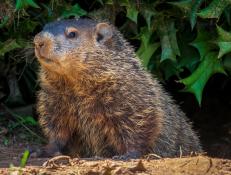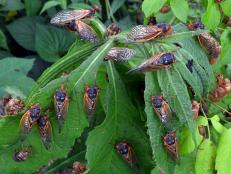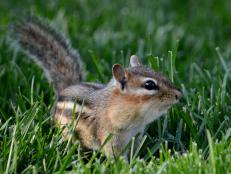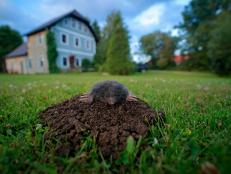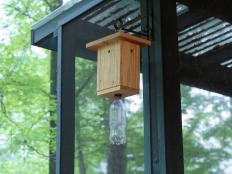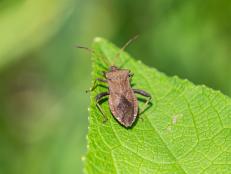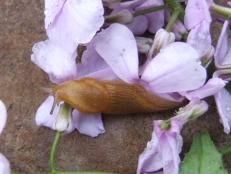Slugs and Snails
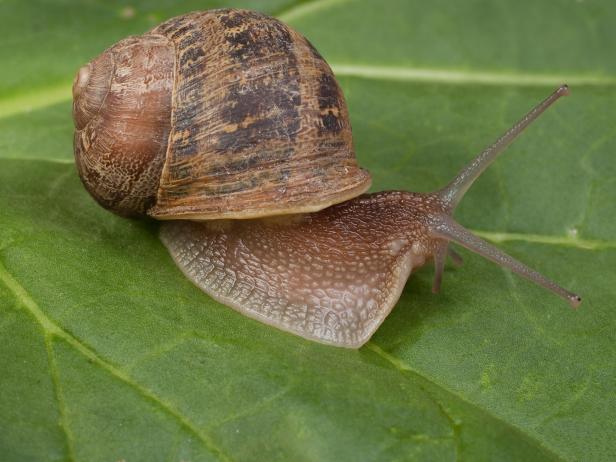
Image courtesy of Joseph Berger, Bugwood.org

Slugs and snails are mollusks, and have much more in common with clams and mussels than other typical garden pests. Gliding across smooth and semi-smooth surfaces on their muscular base, they seek out tender vegetable matter to consume. These hermaphroditic gastropods can lay 80 eggs at a time up to six times a year, making an undetected population a growing and sometimes devastating concern.
A slug or snail problem in a developing garden may go overlooked because of their nocturnal feeding habits and a tendency to eat small leaves whole or eating just the edges or underside of larger leaves. When daylight breaks, they will retreat into moist coverage out of plain sight. A tell-tale trail of mucus is sometimes the only obvious indicator of their presence. Although they favor developing seedling and flowers, ground fruits and vegetables are susceptible and as crops ripen, slugs will be drawn to the soft flesh of fruit nearing harvest. Once a slug or snail presence is determined, swift action is essential to protect emerging crops.
The first step toward reducing a slug or snail population is habitat control. During the day, slugs will seek out dark, moist locations. Removing debris, accumulated leaves and rotting wood and keeping weeds and grass around the garden trimmed from a gardening site eliminates garden appeal for these nighttime visitors. The use of drip lines or drip irrigation to limit water excesses around plants will further limit slug or snail attraction to crops.
Creating surface barriers is also an effective defense against slugs and snails. The muscular “foot” on which they travel is less functional on abrasive on acidic surfaces. Scattering ashes or diatomaceous earth around plants serves as a discouraging buffer for slugs or snails seeking out plant matter on which to dine. When employing this strategy, it is important to avoid over watering, which counteracts the value of these surface additives.
If a slug or snail problem is already evident, the natural tendencies for these garden pests can be used to the gardener’s advantage. Using attractants like beer or sugar water placed in shallow pans around the garden are a proven method for attracting and drowning the moisture seeking mollusks. Another simple and effective method for trapping slugs or snails seeking shelter from the light of day involves laying flat boards in an affected garden plot. Check under boards each morning to remove accumulated pests. When using this method, boards must be checked daily. If left unchecked, the sheltering boards will exacerbate the slug or snail problem.
If other methods of control are not sufficiently effective in reducing an infestation, molluscicides, pesticides against molluscs, may be considered. Metaldehyde is the most commonly used molluscicide and does not generally overlap with typical insecticides. Although effective, this toxic chemical, classified as a class II pesticide by the World Health Organization, has come under scrutiny due to excessive poisoning incidents involving wild animals, birds and domestic pests. Alternative molluscicides using iron phosphate are now available and considered to pose no danger to pets and can be used around edible crops. As with any pesticides, it should be used judiciously and manufacturer instructions for use should be carefully heeded.






